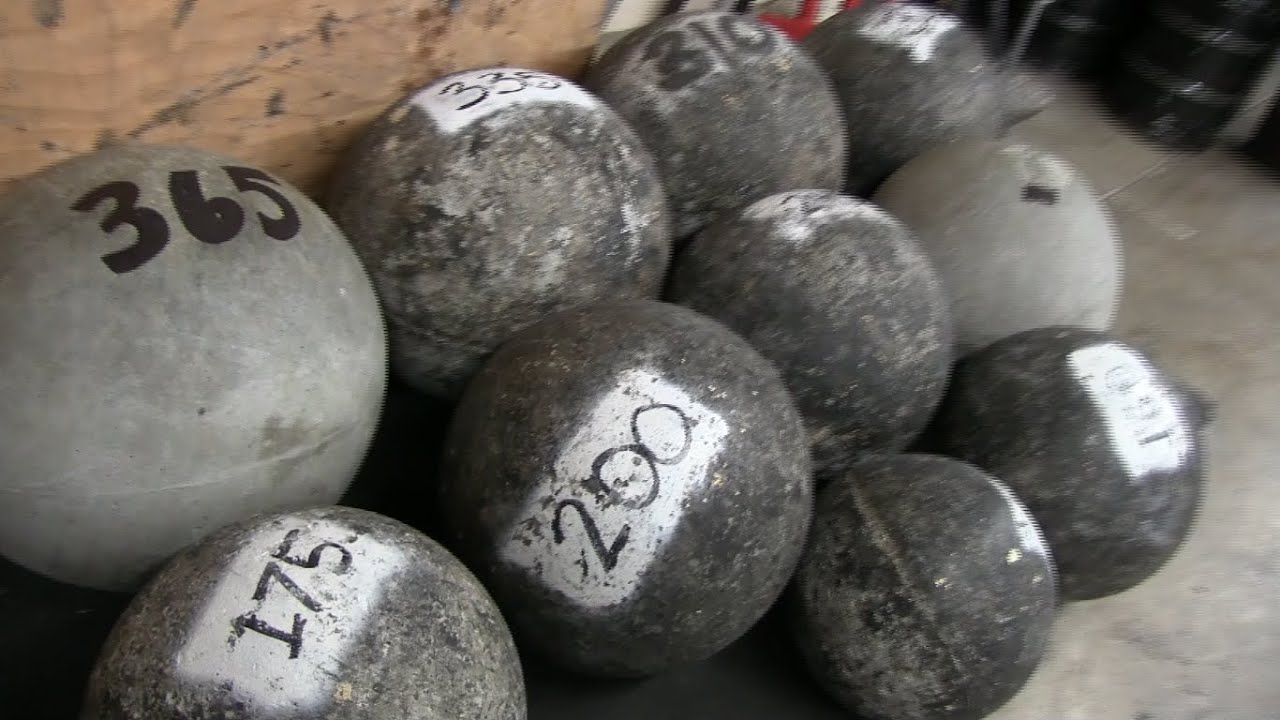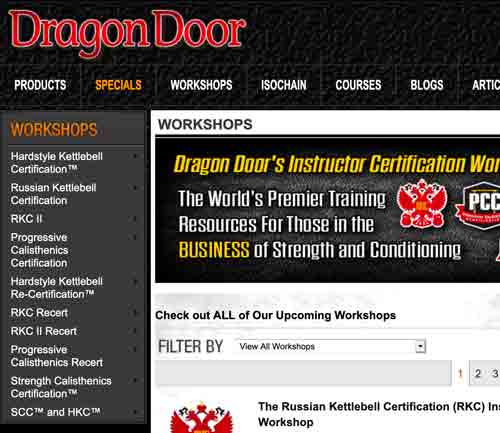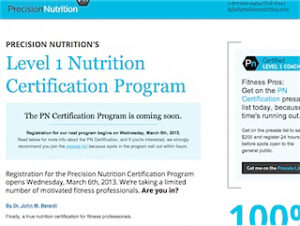
A lot of people have their own idea about conditioning, the word is pretty generic and as a result conditioning for one person can have a completely different meaning to someone else. Some may class a casual jog as conditioning; however that doesn’t ring true to me.
Is cardio conditioning?
From my point of view, when people use the term cardio is it is being referred to as low intensity steady state aerobic (with oxygen) exercise such as running or stationary bike and has no place being called a conditioning program. To me conditioning is an intense anaerobic (without oxygen) training experience and I feel a lot of people are misguided. I thought I would put the record straight.
Bring the Intensity
A conditioning program consisting of high speed and high intensity exercise will certainly keep you fit whilst preserving your strength and mass. It will also make your body more efficient at burning fat by increasing your metabolic rate for up to 36 hours after you have finished your training. The other benefit is that you can complete your conditioning session in less time.
Your A Game
The most important thing you can bring to a conditioning program is you. That is, if there is a lack of effort put in then the program will suck. As the saying goes, you can lead a horse to water, but you cannot make it drink; well this holds true here. You can have the best conditioning program in the world, but if you don’t show up with your A game and give it all you have got, then you may as well forget it. You get out what you put in, anyone can jog, but how many people can do hill sprints at top speed without keeling over?
Remember – Knowledge is power only if the knowledge is applied.
Motivation
Fatigue makes cowards of us all – Vince Lombardi
Conditioning workouts hurt, there is no getting around it. Lactic acid sets in and then your mind is against you trying anything and everything to make you quit. If you train intensely then you will meet fatigue, fatigue is unavoidable. However, the body can be trained to minimise its effects or at least delay them.
You have got to be motivated to train through fatigue. Intense conditioning will challenge you, but motivation will allow you to achieve your goals through hard physical and mental activity, giving you the ability to push through fatigue.
The body has more potential than most people realise, however conditioning is not just about the physical training; mental training is just as important and that will come about by hard physical effort, pushing through fatigue. Mental conditioning plays a pivotal role if peak physical conditioning is to be realised.
Energy Systems
Were you aware that we have 3 energy systems? Without getting too technical, the 3 energy systems our body uses are:
Aerobic : This is used primarily for steady state cardio, burning calories whilst doing the exercise but very little if any afterwards. Training too much with this system can reduce muscle mass, speed and power (e.g. marathon runners).
Anaerobic : Has 2 energy systems (ATP-PC and Glycolytic). These energy systems are used during high speed/high intensity conditioning.
ATP-PC is stored in the muscles and is the energy system for power. However we only have a finite amount and is quickly used.
Glycolytic : This energy system derives its energy for glycogen stored in the muscles or liver, this is what the body uses during intense exercise once ATP stores have been depleted.
Training in this manner will still provide cardiovascular benefits but will also keep strength gains and well as providing effective fat loss. This is due to the increase in your metabolic rate post exercise, which allows the body to burn calories long after you have finished training.
Having good aerobic fitness is still important, but you do not have to do steady state cardio to achieve it. Anyone who has tried a high intensity program, which uses energy without oxygen will still be breathing heavy afterwards. This is because the body still has to utilise oxygen to help remove lactic acid and replenish energy stores.
A good conditioning program will enhance all three energy systems.
Quality or Quantity
There are times when I see people in a gym on recumbent bikes or stationary bikes for quite literally hours reading magazines. This will get you nowhere, burn very little fat and will not even tax your aerobic capacity and do nothing for your conditioning.
Let’s get something straight. You do not need to spend hours in a gym, the maximum time you need to spend conditioning is 30-40 minutes and this can be realised by high intensity conditioning. In fact if you have limited time to train you can fit a ball busting conditioning session in 20 minutes, ever tried to do 20 minutes of burpees straight? I rest my case!
General Physical Preparedness
GPP is the way whereby an athlete can improve his/her work capacity (the amount of work a body can produce) by using a variety of conditioning exercises, designed to improve Aerobic Endurance, Anaerobic Endurance, Recovery, Strength and Coordination. Everyone should aim to improve their GPP, through high intensity conditioning.
The systems
There are several methods that can be used to create a complete all round conditioning program; the following are the ones I primarily use:
Interval Training

Interval training consists of periods of high intensity conditioning with periods of rest or active rest in between as a recovery.
There are several options that lend themselves particularly well to interval training:
- Running
- Punching/kicking a heavy bag
- Skipping rope
- Rowing machine
Rest or active rest could be walking or jogging or jumping jacks, depending on what you are doing.
A punching drill on a heavy bag is a great example of interval training. Plan out 8-12 1 minute rounds with 1 minute rest in between rounds. These 1 minute rounds have to be really taxing and you have to be able to go all out until the minute is up. This is extremely difficult but extremely rewarding.
Circuit Training
Circuit training is a great way to conduct your conditioning routines, it is similar to interval training but can be for time or for repetitions or both. Circuits are performed at a fast pace and can concentrate on upper body, lower body or be combined to provide full body conditioning. There are no rules as to how circuits are constructed. It could be just bodyweight or other modularities can be used including dumbbells, barbells, sandbags, medicine balls, kettlebells, heavy bags, skipping rope etc.
Circuit training is tough and is designed to force you to dig deep and push through fatigue.
Density Training
Simply put, how much of a particular exercise you can do it a defined amount of time. Your goal is to increase the amount of work performed in a time period.
Great examples I use are:
- Pull-ups/chin ups/burpees/push ups in a 10, 15 or 20 minute time limit
Tabata Intervals
An excellent protocol for conditioning, this involves 8 rounds of exercise with 20 seconds of intense activity, followed by 10 seconds of rest.
Tabata Intervals are one of my favourite protocols for an excellent conditioning session. You can either pick one exercise such as squats or pick multiple exercises, performed one after the other.
- 20 seconds of squats, 10 seconds rest x 8 rounds
Or
- 20 seconds push ups, 10 seconds rest
- 20 seconds pull ups, 10 seconds rest
- 20 seconds Burpees, 10 seconds rest
- 20 seconds Squats, 10 seconds rest
Complete this tabata circuit for 8 rounds WITHOUT stopping
Finishers
Finishers are a great way to round off your training, whether it was a strength or conditioning session. They will test your mental toughness and push your physical ability to the limit. From a strength point of view it is a great way to get a conditioning routine in and from a conditioning point of view a great way to teach your body to push through fatigue and increase your GPP.
Farmers walks, tabata intervals, bodyweight or density training are great examples of finishers.
Don’t forget strength training

A common mistake a lot of people make is that they view strength and conditioning as two entities. Sure as far as the training goes they are, but they should never be separated. They go hand in hand in my book, on a day when I am not training for strength, I will be conditioning and vice versa.
From a strength point of view, training for conditioning will:
- enhance all three of your energy systems – anaerobic (both ATP-PC & glycolytic) and aerobic
- increase General Physical Preparedness (GPP)
- Help preserve strength and mass
All of these are essential for maintaining good work capacity for strength training. The benefits of this include allowing more intensity and volume to your strength workout, quicker recovery times between sets and between workouts. By having increased recovery allows you to handle bigger workloads.
Of course you still have to train smart and not let the conditioning detract from your strength training if strength is your focus. Getting DOMS for days after a conditioning session will not help your strength training.
I see these all as equal and strive to be as strong and as conditioned as possible. I am not too concerned about bulking up as long as the functional strength is in place.
Everyone has their own goals, but no one should neglect either strength or conditioning.
Have a plan
Always plan your activities and log everything. Improvements can be made easier if you know what you did in your last training session. Lay out a week of activity and stick to it. A typical week for a general strength and conditioning program could consist of the following:
- Monday: Strength Training + finisher
- Tuesday: Conditioning Training
- Wednesday: Strength Training
- Thursday: Conditioning Training
- Friday: Strength Training + finisher
- Saturday: Conditioning Training (or day off)
- Sunday: Rest
The strength training could go Maximal Upper, Lower, Upper and then the following week reverse it so that it is Lower, Upper, Lower.
Another strength-focussed week could be Full Body Strength on Monday, Day Off on Wednesday as recovery and then an Explosive Strength day on the Friday.
The point is is that as long as you have a plan, you can track your progress to make sure you can get the training in and know what you need to do week on week.
I always recommend backing off every 8th week with a program like this to allow your body to recover. This would entail less volume of training.
My favourites

I have so many favourite routines, and love making new ones. I train people with conditioning circuits based on the above protocols. Making challenging routines is a great way to test yourself. Since I cannot partake in the classes I give, I will usually give the circuit a test run myself. Well it would be rude not to!
Here is a selection of my favourite routines:
Burpee pyramids
- 5 burpees, 10 push ups
- 5 burpees, 10 push ups
- 10 burpees, 10 push ups
- 10 burpees, 10 push ups
- 15 burpees, 10 push ups
- 20 burpess, 10 push ups
- 15 burpees, 10 push ups
- 10 burpees, 10 push ups
- 10 burpees,10 push ups
- 5 burpees, 10 push ups
- 5 burpees, 10 push ups
Total 110 burpees and 110 push ups.
Aim for minimal rest throughout the routine. Make it harder by doing burpees with a pushup. You can also intensify the routine by using different push up variations such as narrow, pike, divebomber etc.
Warrior Circuits
Select a number of exercises, 5 in this case. Pick a number of reps, say 15-20 and perform the circuit without rest until the 5 exercises are complete. Aim for 8 rounds:
1. Burpee push ups
2. Strap rows or inverted rows from a bar
3. Push ups
4. Squats
5. Medicine ball slams
When a circuit is complete, rest for up to a minute and then go again. Challenge yourself to take minimal rest.
Warrior Tabata Circuits
Same as the warrior circuit above, but done for time using the tabata protocol. This places a different emphasis on the workout, the circuit turns more rapid with only having 20 seconds per exercise. There is no rest in between circuits as you will get 10 seconds between every exercise.
Heavy bag conditioning
One of my very favourites. There is nothing better than pounding seven bells out of a heavy bag, especially if you have had a hard day. The stress relief is unbelievable.
You can get some great ideas for using the bag over on my blog.
Conclusion
Hope that this article has given you some great insight into conditioning, what it is, its benefits and why you should be using it today.
I would love to hear your comments, thoughts, questions on this subject.
Stay Healthy
Dean











0 Comments
Trackbacks/Pingbacks